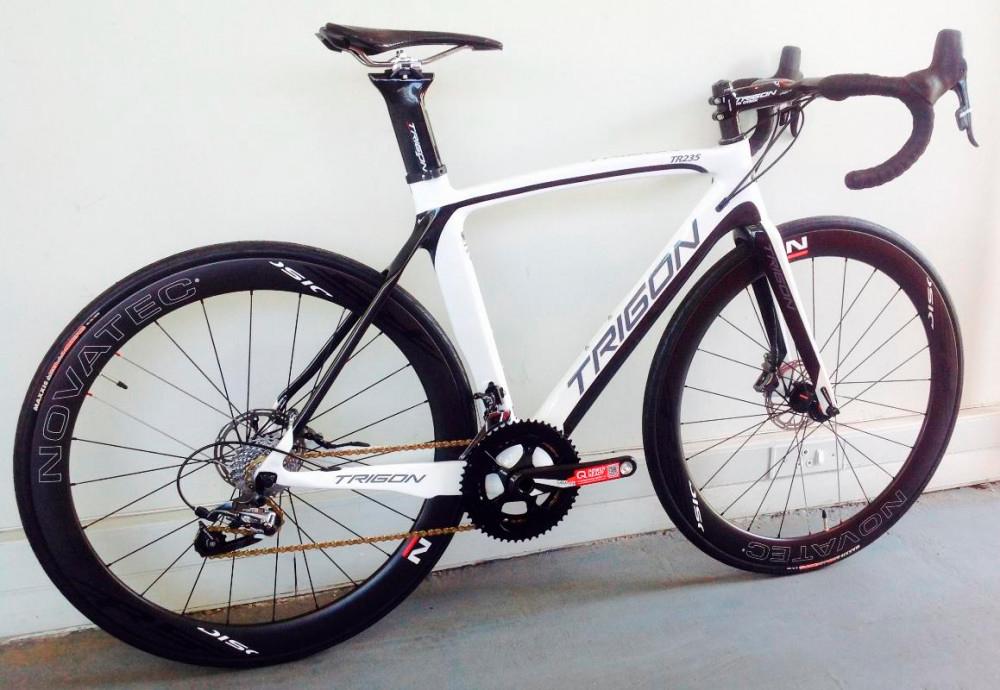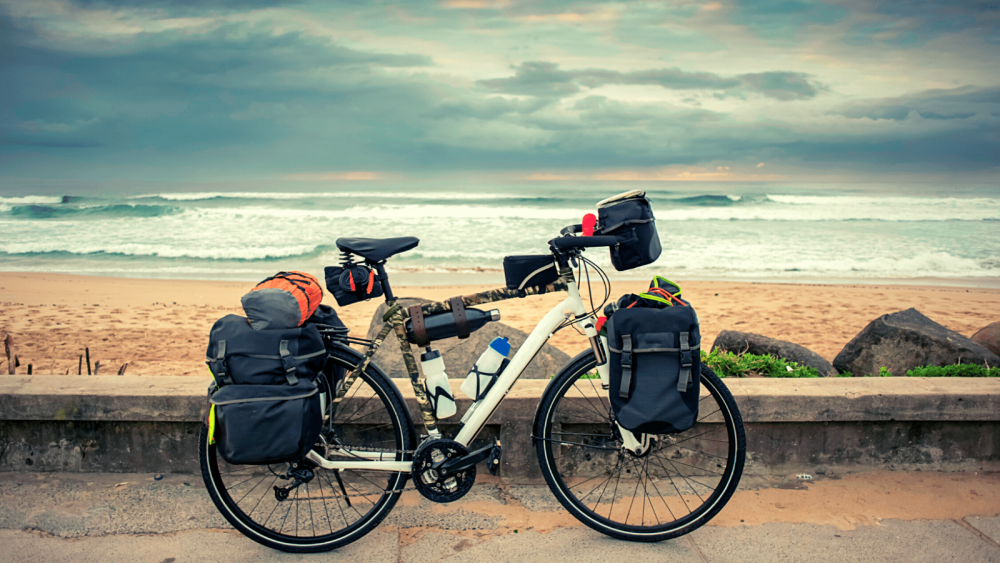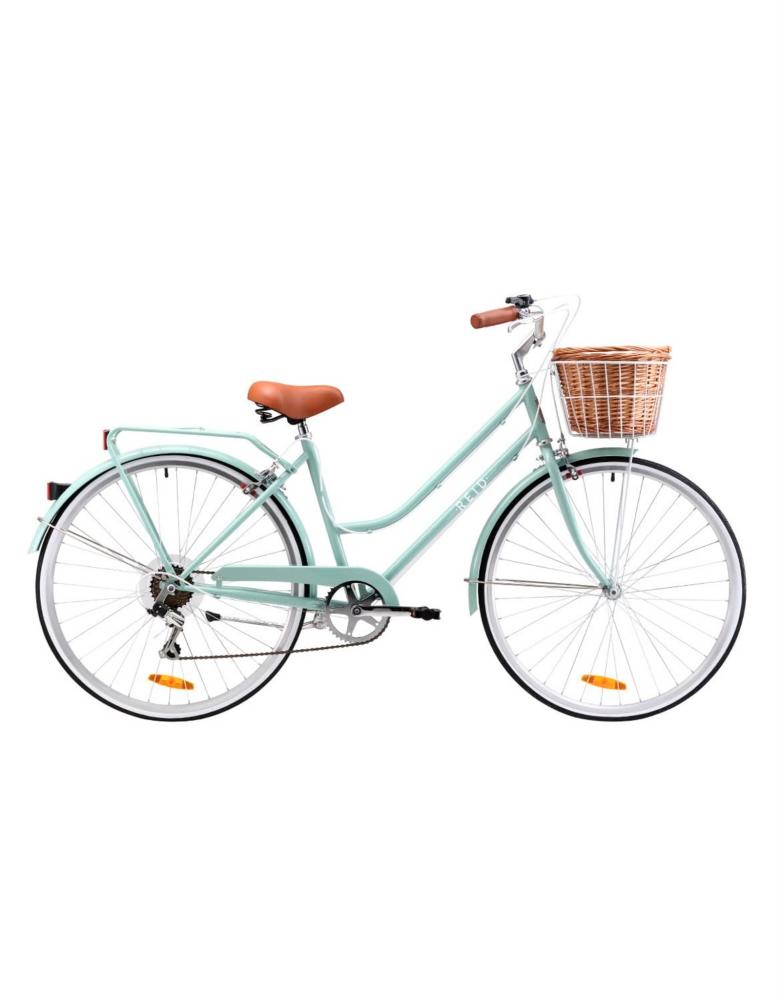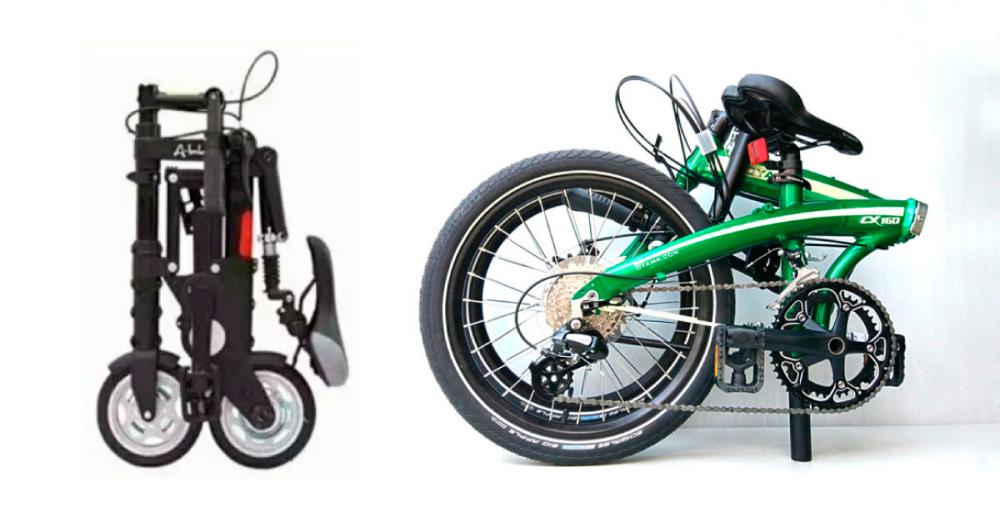BICYCLES have a long and varied history that dates back over 600 years, during which time the bicycle was very different from what we know today. They have changed greatly over time, with important innovations radically changing all of their form and characteristics. Bikes have become more utilitarian, dependable, and enjoyable to ride. This is due in part to the fact that the selection has expanded from a few basic options to encompass a plethora of niches and categories-within-categories as bike manufacturers broaden their offers to cater to the various ways that people enjoy riding.
So, if you are wondering, which sort of bike you should buy, keep reading as we walk you through the many bike models available today to help you select the perfect one for your needs. There are several sorts of cycling and bikes available to help you accomplish your objectives. There’s a bike out there for everyone, whether you’re an urban commuter, a flash road racer, a trail centre star, a downhiller, a fixed-wheel enthusiast, a muddy path explorer, or something else.

Road bikes
The drop or turned-down handlebars and narrow tyres define road bikes. Downward-curving handlebars are often incredibly lightweight and assist in keeping you in an aerodynamic stance. The lightweight frame makes this sort of bicycle ideal for a variety of pavement applications like as racing, touring, fitness riding, long-distance rides, and everyday commuting. The huge, thin tyres allow you to glide the bike through a variety of terrains with little to no effort. A road bike is the ideal option if you are most concerned with speed, a variety of hand and riding positions, and an effective transfer of energy into moving the bike ahead.

Fitness bikes
Fitness bicycles offer most of the advantages of ordinary road bikes, such as lightweight frames and relatively thin tyres for efficiency on pavement. These bikes are intended for riders who choose a light, high-performance bike yet dislike the drop-handlebar riding position of a traditional road cycle. These bikes are also known as flat-bar road bikes or performance hybrid bikes. Most of them can accommodate somewhat wider tyres, making them appropriate for usage on unpaved routes. They can generally be equipped with baggage racks and fenders, making them ideal for commuting.

Mountain bikes
Mountain bikes are built for tough off-road riding. They feature flat or upright handlebars and an extremely low gear range, making them ideal for riding up steep slopes. The majority of mountain bikes feature some form of shock absorber or suspension. Mountain bikes are classified into three kinds. The first is a mountain bike that only has front suspension. They are known as hardtails. Mountain bikes with both front and rear suspension are the second type. They are known as full-suspension mountain bikes. The third one is the ones without suspension and are known as rigid mountain bikes. While mountain bikes may be used on roads for daily rides, they are heavier and slower to ride on than other types of bikes.

Hybrid bikes
A hybrid is best described as a cross between a road bike and a mountain bike, with the comfortable riding posture of a mountain bike combined with a lighter frame and fast-rolling wheels. Sitting more upright is less aerodynamically efficient, but it helps you to see further ahead, which is quite useful in busy urban traffic. If you want to ride fast on decent roads but prefer a more upright position or do not prefer drop handlebars, this is the bike for you. The single main disadvantage of a flat-bar bike, as previously stated, is that you are not as efficient as you are on a race bike, and so you are not as speedy. Hybrid bikes frequently employ more powerful disc brakes, which provide more consistent performance in wet conditions at a modest weight penalty. They also include a plethora of mounts for carrying additional gear, such as backpacks.

City bikes
City bikes are the go-to option for people who only require a bike to travel from one point to another with minimal effort. City bicycles are often the least expensive option when compared to other bike kinds. These bikes are designed for comfort and utility, so they have an upright riding position and several amenities. The frame is normally built of aluminium or steel, and the handlebar is frequently curved and raised over the saddle, which is typically plush and cushioned. Fenders, racks, a basket, lights, a dynamo or dynamo hub, a bell, hub gears, and other additions are common on city bikes. They often have a small number of gears or are single-speed.

Gravel bike
Gravel bikes resemble road bikes in appearance, but they are not the same. A gravel bike is a mixture between a road bike that can be used on normal roads and a cyclocross bike that can be used off-road. They have bigger tyres and slightly curved drop handlebars for better hand positioning. The drop bars put your hands in a more natural position, which means less stress on long rides. They have a higher geometry and a more comfortable riding position. Gravel bikes last longer than road bikes and are significantly quicker than mountain bikes. They are suitable for riding practically everywhere, both on and off the road. So, if you want to ride on and off-road with only one bike, a gravel bike is the way to go.

Folding bikes
Folding bikes are said to be great travel companions. As the name implies, they fold extremely simply and smoothly, allowing them to fit in a vehicle trunk, or on a train. They can also be folded and transported in a carrying bag, making them ideal for commuters with little storage space at home or abroad. Folding bikes have smaller wheels, most of which are 20 inches in diameter, which allows the bike to easily go over bumps and potholes and providing you with a smooth ride. Another nice feature is that the folding frame, handlebar, and saddle are all adjustable, allowing for a simpler folding procedure. Many feature adjustable locks that make it easier to fold the bike.









